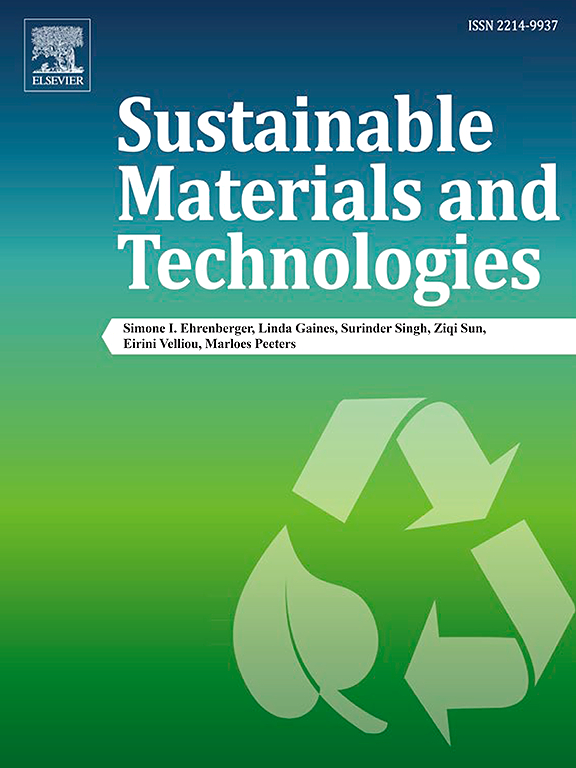Nano zero-valent iron-based technology for environmental remediation: Synthesis techniques and strategies to address limitations
IF 8.6
2区 工程技术
Q1 ENERGY & FUELS
引用次数: 0
Abstract
Nano zero-valent iron (nZVI) is a promising technology for the remediation of both organic and inorganic pollutants in groundwater and wastewater. Despite its potential, there are several limitations of as-prepared nZVI particles, including surface passivation, agglomeration, reduced mobility, and reactivity in subsurface environments, as well as pH sensitivity. This comprehensive review aims to address these limitations by evaluating different nZVI production techniques in terms of their intrinsic properties, such as particle size and surface area, and their implications. Furthermore, practical limitations associated with as-prepared nZVI particles are described, and potential countermeasures are discussed. These countermeasures include pretreatment methods such as acid washing, hydrogen gas, liquid nitrogen activation, and coupling with weak magnetic force, as well as surface modification methods such as metal coupling, sulfidation, polymer, surfactant, and cellulose coating, emulsification, and support with other adsorbent materials. The review also provides examples of pilot-scale and field-scale applications of nZVI particles. Overall, the review offers a comprehensive overview of nZVI synthesis methods and their implications for production processes. The strategies presented for improving the reactivity and performance of nZVI particles in practical applications are valuable for researchers and practitioners in the field of environmental remediation.

纳米零价铁基环境修复技术:解决局限性的合成技术和策略
纳米零价铁(nZVI)是一种很有前途的修复地下水和废水中有机和无机污染物的技术。尽管具有潜力,但制备的nZVI颗粒仍存在一些局限性,包括表面钝化、团聚、迁移率降低、在地下环境中的反应性降低以及pH敏感性。本文旨在通过评估不同的nZVI生产技术的内在特性,如粒径和表面积,以及它们的影响,来解决这些局限性。此外,还描述了与制备的nZVI颗粒相关的实际限制,并讨论了可能的对策。这些对策包括酸洗、氢气、液氮活化、弱磁力偶联等预处理方法,以及金属偶联、硫化、聚合物、表面活性剂、纤维素包衣、乳化、其他吸附材料的支撑等表面改性方法。本文还介绍了nZVI颗粒的中试和现场应用实例。总的来说,该综述提供了nZVI合成方法及其对生产过程的影响的全面概述。本文提出的提高nZVI颗粒在实际应用中的反应性和性能的策略,对环境修复领域的研究人员和实践者具有一定的参考价值。
本文章由计算机程序翻译,如有差异,请以英文原文为准。
求助全文
约1分钟内获得全文
求助全文
来源期刊

Sustainable Materials and Technologies
Energy-Renewable Energy, Sustainability and the Environment
CiteScore
13.40
自引率
4.20%
发文量
158
审稿时长
45 days
期刊介绍:
Sustainable Materials and Technologies (SM&T), an international, cross-disciplinary, fully open access journal published by Elsevier, focuses on original full-length research articles and reviews. It covers applied or fundamental science of nano-, micro-, meso-, and macro-scale aspects of materials and technologies for sustainable development. SM&T gives special attention to contributions that bridge the knowledge gap between materials and system designs.
 求助内容:
求助内容: 应助结果提醒方式:
应助结果提醒方式:


